A comprehensive collection of John Lennon's visual art
By Wink
Fri, Jun 5, 2015

In the years since his death, John Lennon's whimsical artwork has appeared on baby bedding, greeting cards, T-shirts, prints, posters and even in a few slim books. But this volume is the most comprehensive collection of his visual works to date. The book includes early drawings inspired by Ivanhoe and other childhood reading, as well as Lennon's darkly funny, Thurber-esque cartoons of the mid-1960s. And it concludes with his gentle, almost Matisse-like sketches of family life with Yoko Ono and son Sean in the late 1970s. Together, you get a full sense of how Lennon used simple artworks to express himself throughout his life.

Lennon dropped out of the Liverpool College of Art to become a full-time Beatle in his early 20s. Probably a good move. Unlike his classmate Stu Sutcliffe, Lennon didn't have the makings of a great painter. Yet, he might've made it as a cartoonist. The works here demonstrate imagination and potential, and a fluency for relating concepts in pencil, ink and brush. With a few minimal lines, Lennon could clearly convey whatever was on his mind: silly, sentimental or sad. Which is what it was all about: He used art to express an idea and then quickly moved on to the next thing on his agenda, be it writing or recording a song, or baking bread for Sean and Yoko during his house-husband years.

The book's text, on the other hand, seems to suggest Lennon should be acclaimed as a great visual artist as well as musician. That's pushing it. Certainly, he had his own style and you can see him working to develop it in different ways. For example, late in life, he started experimenting with Japanese-style watercolor and brushes. But his visual art is just one aspect of Lennon, not the big picture. Leaving art school was no mistake or lost opportunity. By leaving, he was following his true passion: music. And that's what made him the man we remember today. – John Firehammer

See sample pages from this book at Wink.

John Lennon: The Collected Artwork
by Scott Gutterman (author) John Lennon (artist) Yoko Ono (Foreword)
Insight Editions
2014, 204 pages, 11.2 x 11.2 x 1 inches
$34
Buy a copy on Amazon
winkbooks.net
THE MOST COMPREHENSIVE COLLECTION OF JOHN LENNON’S VISUAL ART
Sample pages

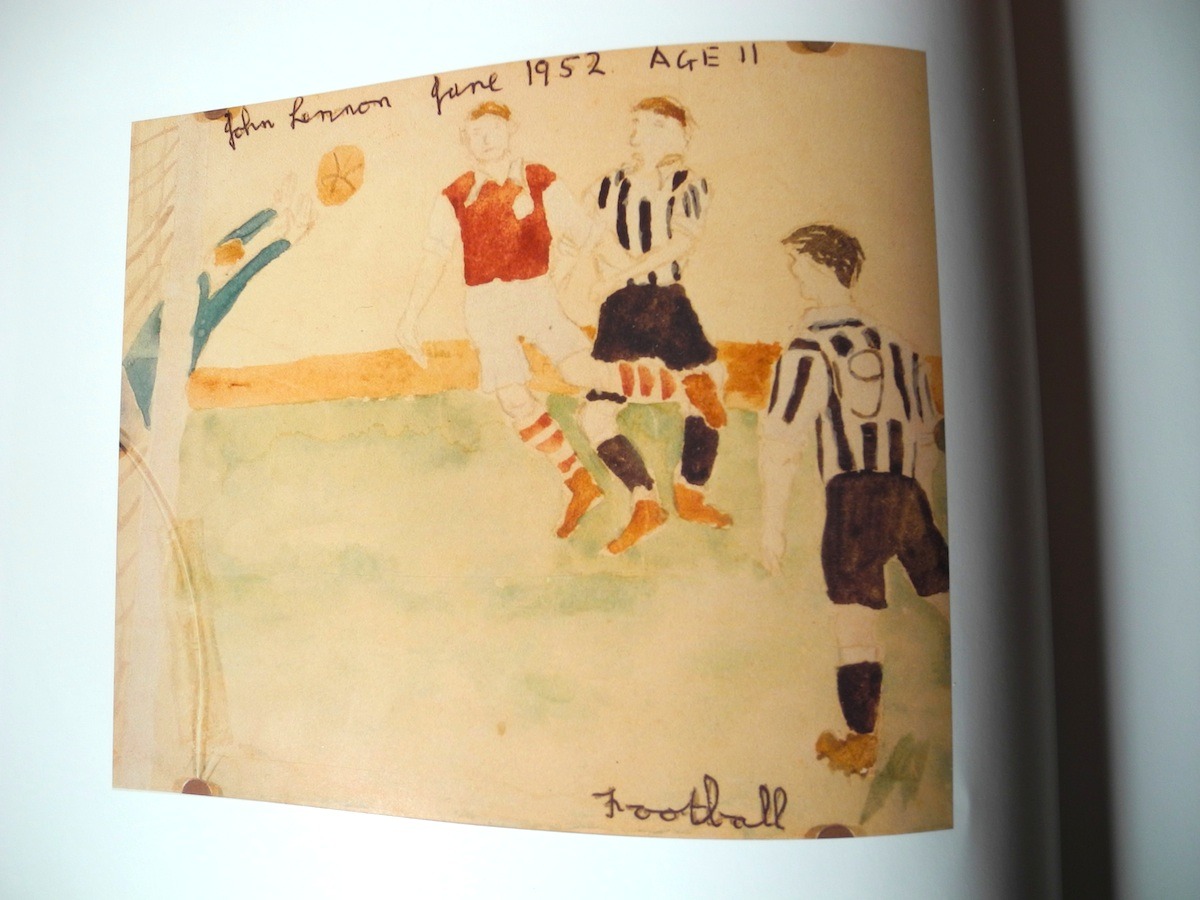

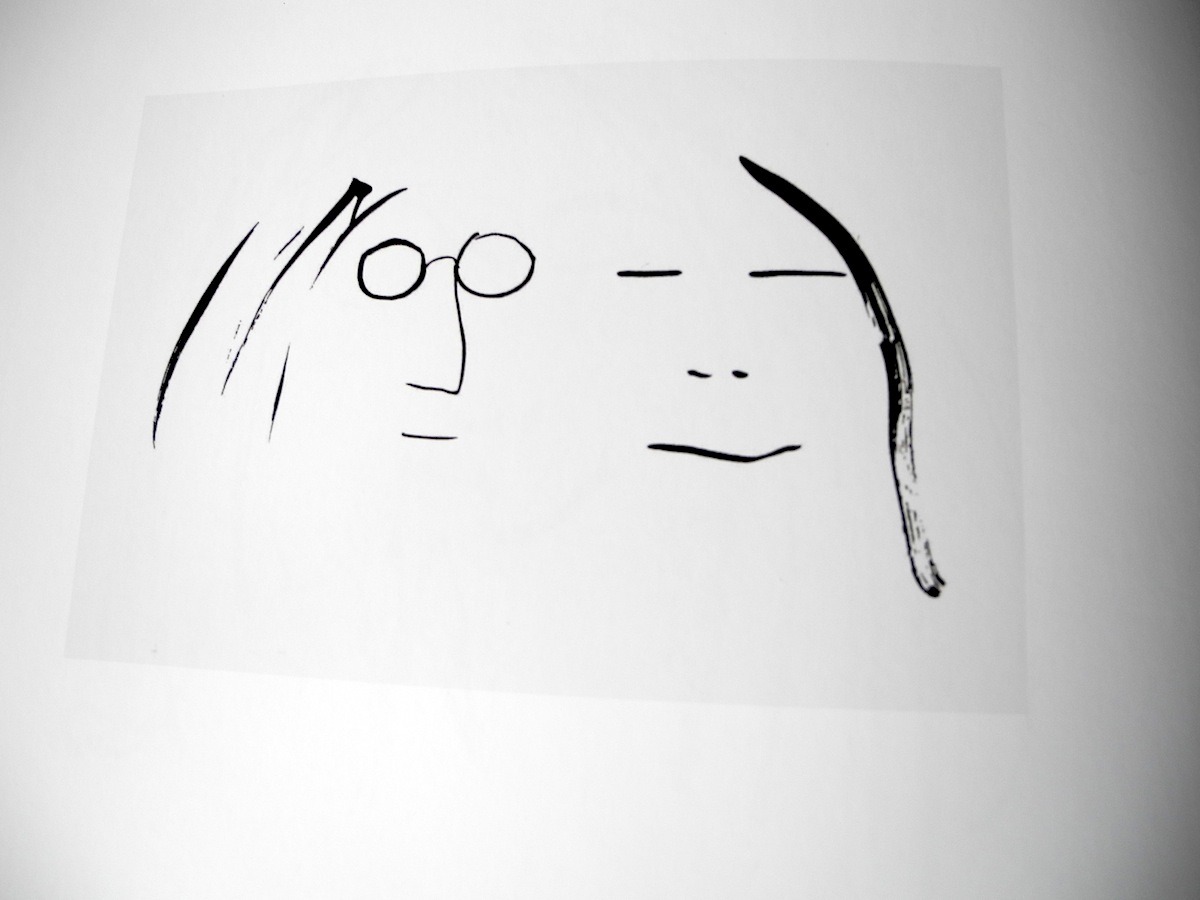

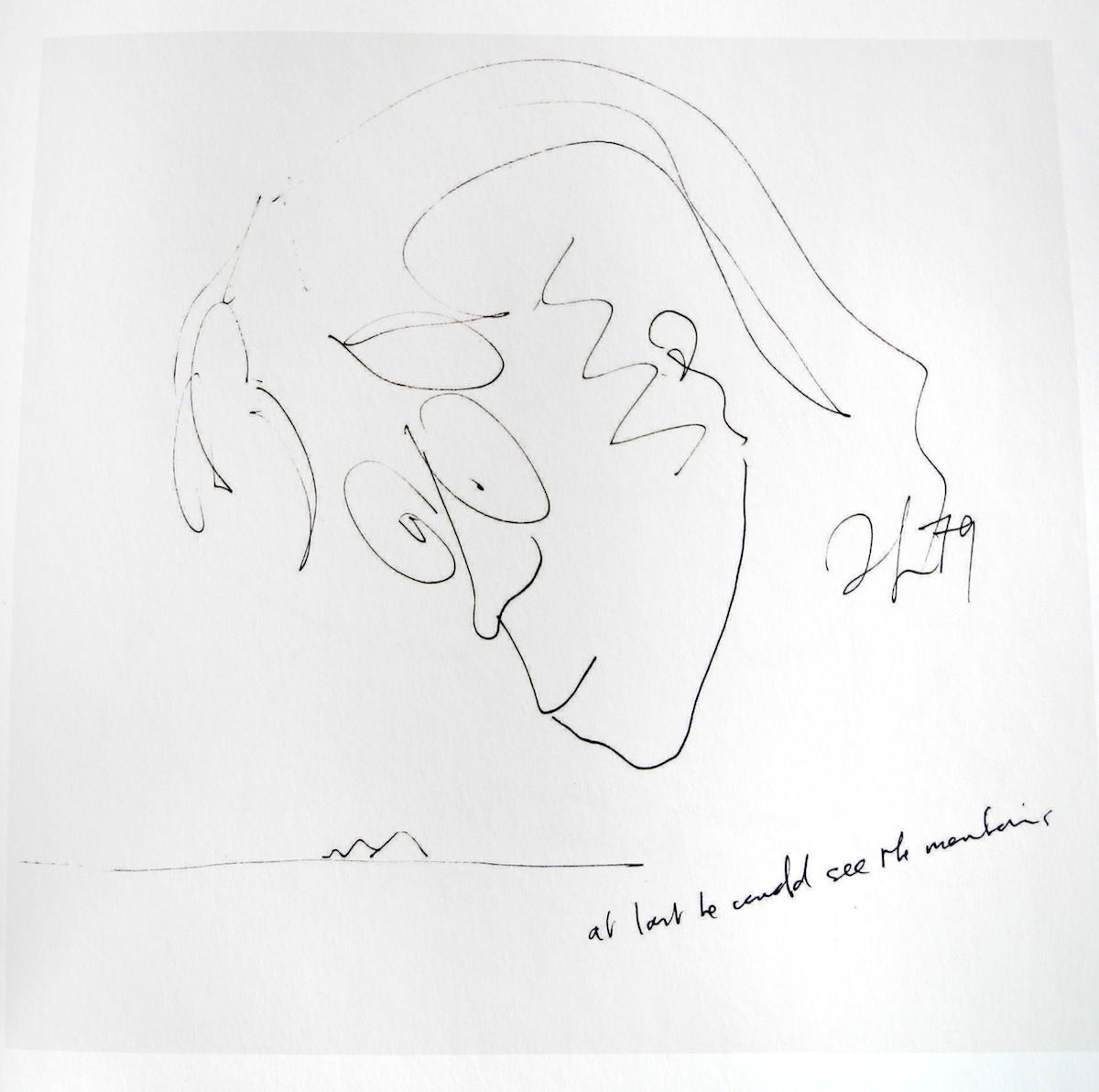
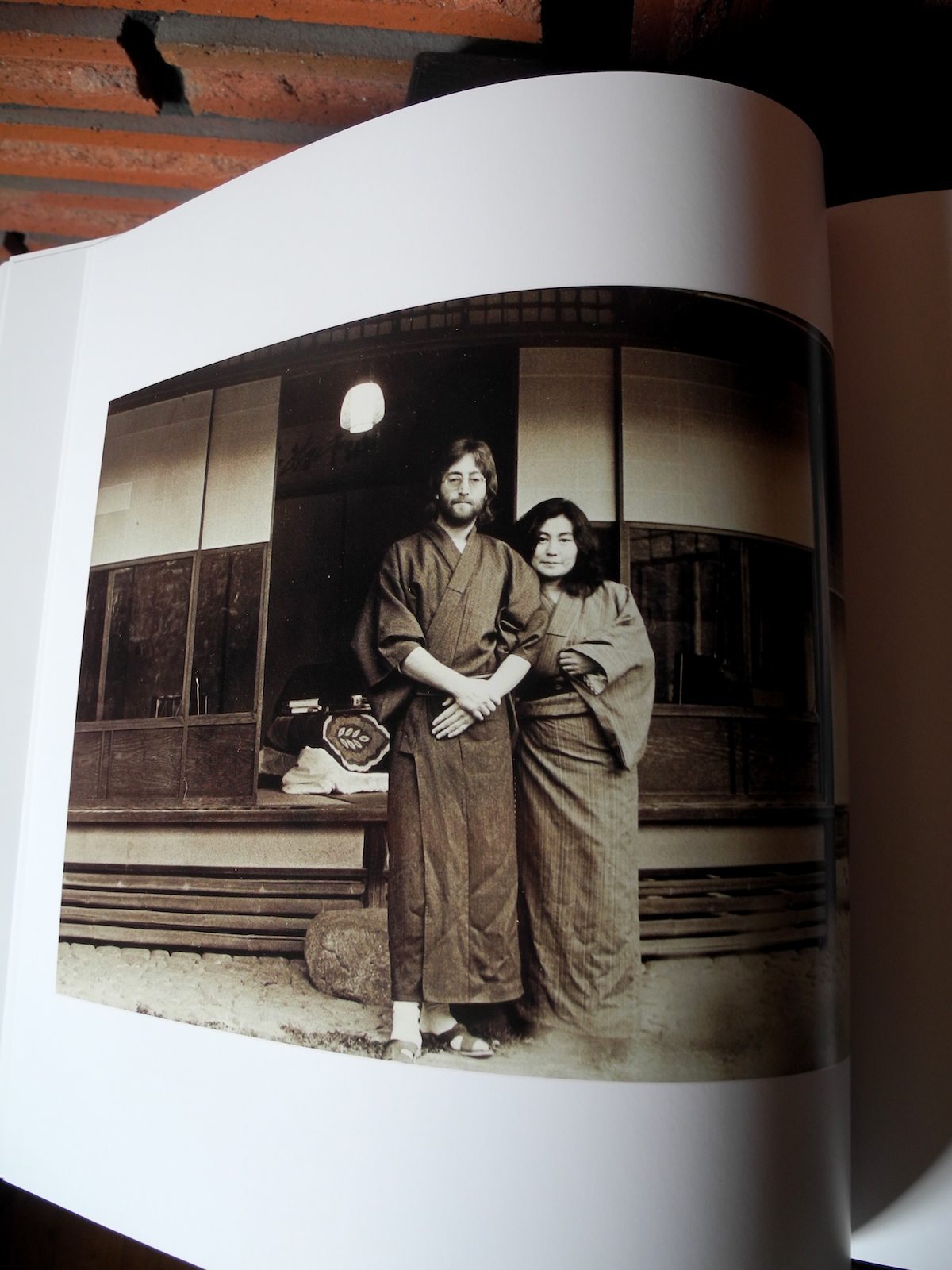
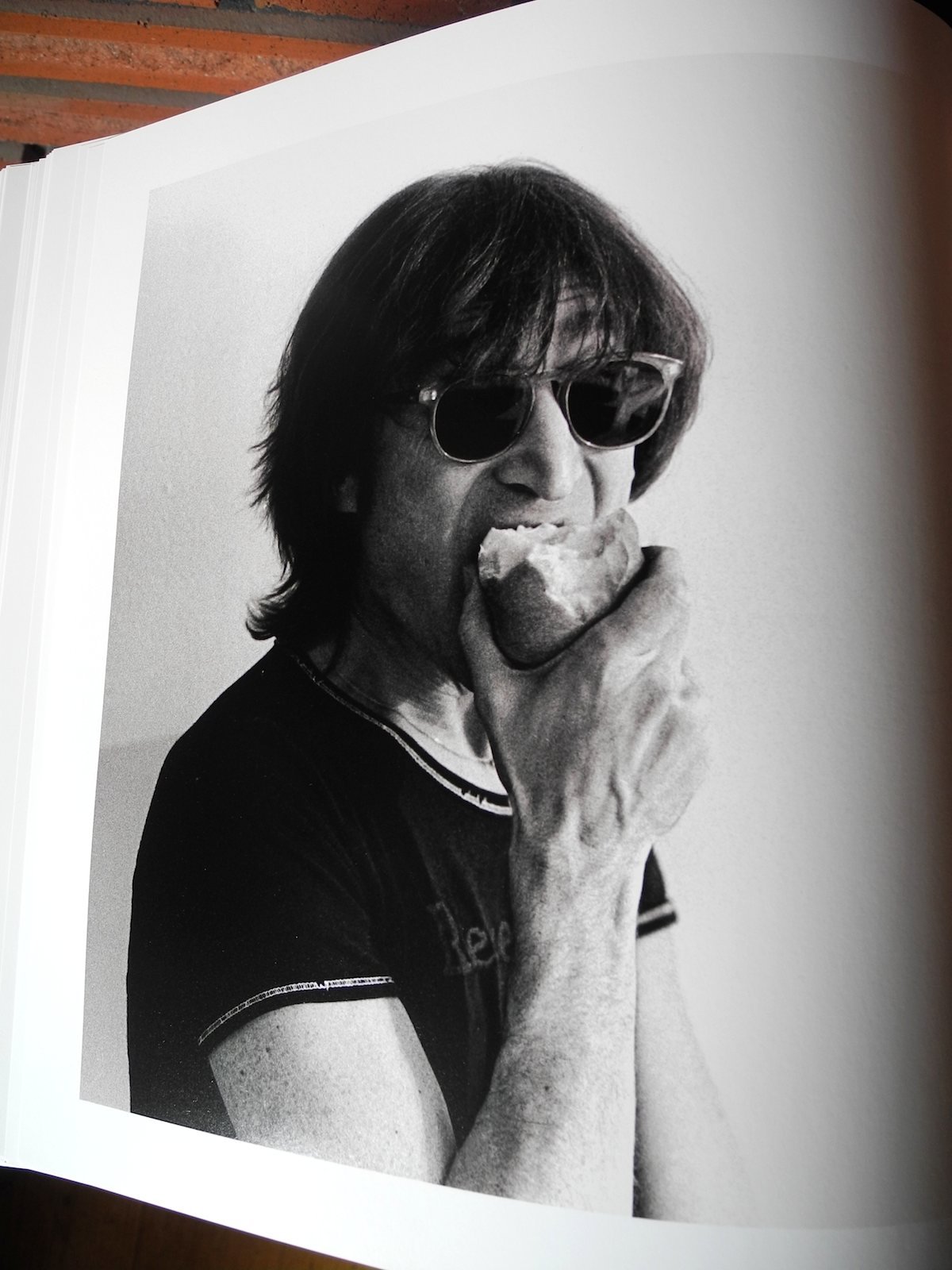

No hay comentarios:
Publicar un comentario